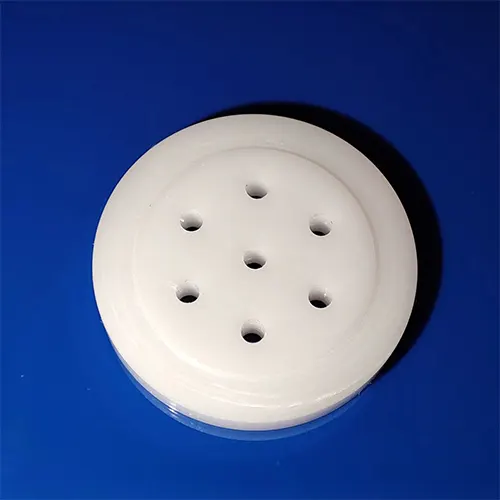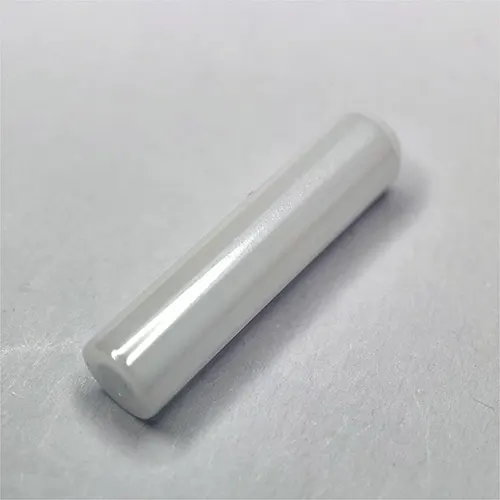Blue Zirconia

Blue zirconia: Stable blue tone is achieved by doping rare earth elements such as cobalt (Co) and cerium (Ce) or special pigments, balancing the mechanical properties of zirconia with high value-added appearance design.
Compared to ordinary zirconia, blue zirconia has a deep and uniform color, suitable for high-end consumer electronics (such as smart watch cases, headphone cases), luxury jewelry, and customized medical implants (such as dental restorations). Due to the incorporation of rare earth elements, its wear resistance is superior to that of ordinary zirconia, making it suitable as a material substitute for easily worn parts.
FAQ
Precision ceramics offer superior high-temperature resistance, corrosion resistance, wear resistance, and insulation, making them ideal for extreme conditions like high temperatures and high pressure. They also support higher precision processing, meeting complex design needs.
Precision ceramics are widely used in aerospace, automotive, electronics, medical, and industrial equipment industries, especially in applications requiring high performance and durability.
Precision ceramics are challenging to machine due to their high hardness and brittleness. Special equipment and processes, such as CNC machining, are required to ensure precision and surface quality.
When selecting a ceramic material, it is essential to consider specific working environments and performance requirements, such as high-temperature resistance, corrosion resistance, and mechanical strength. Different applications require ceramics with varying properties.
Precision ceramics generally have a long lifespan, with their longevity ranging from several years to even longer, depending on the usage environment (such as temperature, pressure, wear, etc.).
- PREV: Black Zirconia
- NEXT: Alumina





